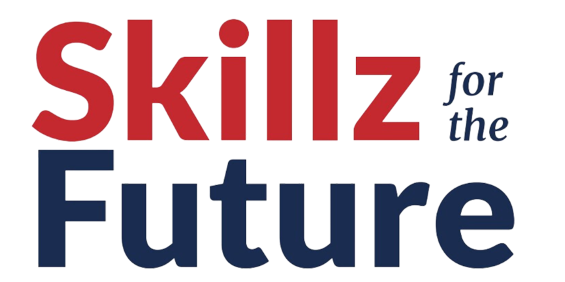Leadership, often seen as a quality confined to the realms of workplaces, is a versatile trait that transcends professional boundaries. It’s not just about managing teams in an office; it’s about steering the ship in various aspects of life – be it family gatherings, responding to crises, or making crucial decisions about home and hearth.
Leadership Beyond the Office Walls
Leadership isn’t an exclusive club with limited access. It’s a quality that surfaces when credibility meets the desire of others to follow.
Imagine the individual who takes charge of planning a significant family event, such as a wedding anniversary celebration or an important birthday bash. This person is a leader, not by appointment but by action.
Similarly, in times of family illness or tragedy, a leader emerges to organise care and make necessary arrangements. Decision-making about significant life events, like moving houses or choosing the right school for children, demands leadership skills. Leaders aren’t confined to formal titles; they navigate through various life situations, ensuring a path forward.
William Shakespeare’s wisdom echoes here – “some are born leaders, some achieve leadership, and some have leadership thrust upon them.”
Decoding the Leader
A leader, in simple terms, is someone who leads or commands a group, organisation, or even a family. This definition is expansive, covering both formal and informal roles. Recent insights emphasise that the most robust organisations encourage every member to step into a leadership role when the situation demands it. Unlike controlling leadership, where dysfunction often lurks, fluid leadership is about emergence based on circumstances.
Leadership is a dynamic trait shaped by context, and the crucial aspect is the willingness of people to follow at the right moment.
Leaders vs. Managers
Distinguishing leaders from managers often sparks confusion. The saying, ‘leaders do the right thing, and managers do things right,’ attempts to draw a delicate line. However, many leaders are also adept managers, and vice versa. The key difference lies in leaders’ responsibility to create and communicate a compelling vision, often associated with change, while managers may focus more on maintaining the status quo.
Crafting Leadership: Can it be Taught?
The debate on whether leadership can be taught rages on. Academics and leadership training advocates argue in favour, while successful leaders with no formal training swear by the innate nature of leadership. Striking a balance between these perspectives is crucial.
While some individuals naturally gravitate towards leadership, suggesting that only certain traits make someone a leader is debunked. Leadership is a blend of skills that some acquire more easily. Learning about effective leadership is one thing; implementing it demands a different set of skills and attitudes.
Leadership Styles
Leadership isn’t a one-size-fits-all concept; styles vary. Beyond jokes about ‘mushroom’ or ‘seagull’ leadership, there’s a spectrum of leadership styles suited for different circumstances. Daniel Goleman’s Six Leadership Styles is a well-grounded model, deeply rooted in research.
• Coercive or Commanding: ‘Do as I say.’
• Pace-setting: ‘Do as I do, right now.’
• Authoritative: ‘Come with me.’
• Affiliative: ‘People come first.’
• Democratic: ‘What do you think?’
• Coaching: ‘Try it and see.’
Embracing Diversity in Leadership
Effective leaders aren’t confined to a singular style. They adapt, using various styles as situations demand. The tapestry of leadership is woven with versatility, and the best leaders navigate through a myriad of styles.
Understanding leadership goes beyond the conventional boardroom narratives. It’s a dynamic force, fluid in nature, emerging from diverse situations and contexts. Leadership is not a rigid concept; it’s a journey of continual growth, adaptability, and the seamless integration of skills. As we unravel the layers of leadership, we find a mosaic that extends far beyond job titles and office doors, influencing every facet of our lives.
